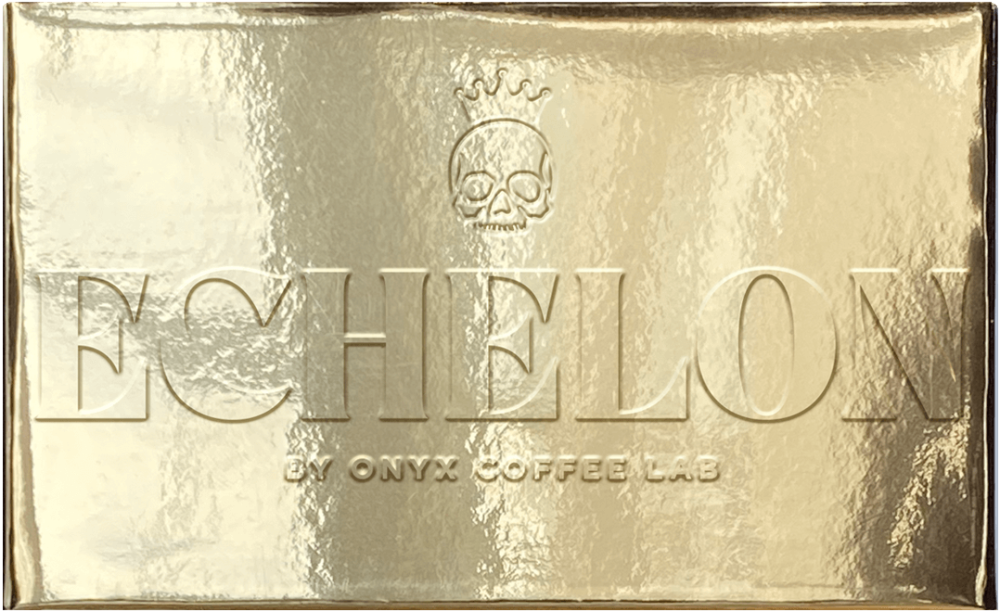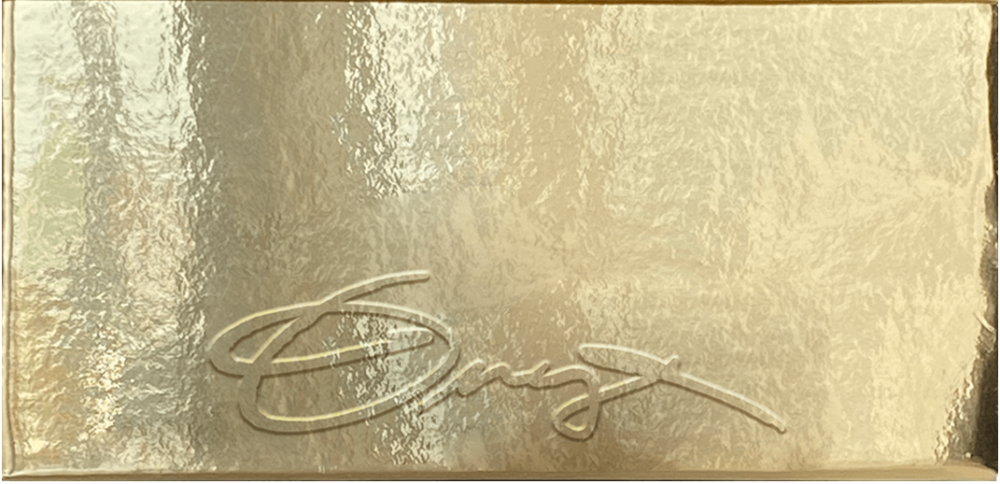Story
Our involvement within the Cup of Excellence has always been both producer-focused and quality-driven. Over the years, we have seen multiple winning lots we've purchased achieve or surpass a quality usually reserved for the more celebrity hyper-specialty coffee producers. The format of the international judge's panel and individual selection process further democratizes the selection process, spurring us to break outside our purchasing bubble as we participate in auctions in countries like Peru, Mexico, or Thailand. Within more well-traveled countries like Colombia, we seek to utilize the auction for more of a development of new partners, seeking to establish buying relationships well beyond the one-time purchase. This has yielded a few long-standing relationships centered around shared values. With each purchase we make on the auction, we hope to feature a coffee that brings something new to the table or a more elevated experience of what we traditionally find in-country. This particular selection is an elevated experience of a traditional washed Gesha variety.
As with any competition winner, many only see the product of many years of hard work, and that is certainly the case with this Cup of Excellence-winning coffee produced by Duberney Cifuentes Fajardo. The proof of his hard work and commitment to excellence spans far before his most recent win. Duberney has worked within the coffee industry for nearly twenty years. Over his career, he has been awarded eleven national awards, consistently securing a position within the top ten in the COE. "It's a calling that courses through my veins." Duberney remarks, speaking of not only his commendations but also his commitment spanning three generations of coffee producers who have been committed to the routine hard work that it requires to produce a coffee of this caliber time and time again.
"This achievement represents the pinnacle of satisfaction. I owe immense gratitude to God, my family, and my team - without them, this victory wouldn't have been possible. Behind every lot lies immense effort, trials, failures, and investments. Yet, we are deeply gratified by this win." - Duberney Cifuentes Fajardo
CUP OF EXCELLENCE
Since 1999, the COE program has sought to connect developing coffee producers from around the world to roasters willing to pay a premium on their coffee. In each country that the Cup of Excellence takes place, thousands of coffees are vetted and put through one of the most rigorous quality panels a coffee can undergo. After dozens of industry-standard cuppers evaluate the coffee, a rank begins to form as scores are input and averaged out. This process yields a clear winning coffee, as well as a top-ten rank that will be auctioned off to roasters around the world. This auction process promotes higher premiums paid to farmers while operating on a transparency based infrastructure. These premiums paid to farmers motivate them to reinvest in the harvest, while also placing a precedent that they can be rewarded and recognized for a harvest of exemplary quality.
WASHED PROCESSED COFFEES
The washed process begins with coffee cherries delivered to the washing station, both from the primary market or from farmers bringing their coffee directly to the mill. The cherries are inspected, and an initial quick round of hand-sorting separates the defective coffees before placing them into the hopper. They are then funneled to the depulper, which removes the fruit from the seeds (beans). After that phase is done, the coffee is fermented underwater for approximately 12-36 hours. During this fermentation, a microbial de-mucilagation takes place, which allows the outer fruit and pectin layer to break down, making the coffee easier to dry. This phase also crucially alters the organic acids within the coffee, as sugars and organic acids are transformed, with the best washed coffees maintaining their complex fruit esters. Once the fermentation is complete, the parchment is emptied into the washing channels, where it is agitated with rakes to remove the last of the fruit layer. During this step, the water is refreshed to ensure its capability of separating the fruit layer from the seed. Once the washing is complete, the coffee is taken to the raised drying tables for sun drying.





